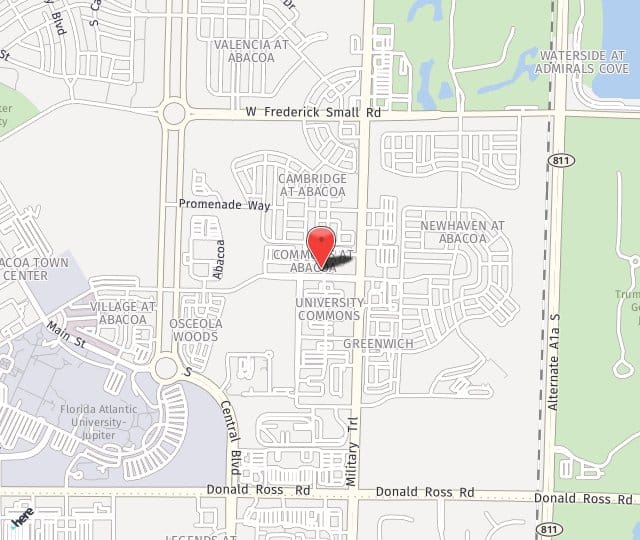Over time, gravity and sun exposure take their toll on the face and neck. Deep creases that run from each side of the nose to the corners of the mouth appear; the jawline slackens; and the neck develops loose folds and fat deposits. Facelift (also known as rhytidectomy) counteracts these signs of aging by tightening muscle, removing fat, and trimming excess skin.
Facelift improves the look of the lower and middle areas of the face, and the neck. It is most effective for correcting the following:
- Mid-face sagging
- Deep creases under the eyes
- Nasolabial folds
- Jowls
- Sagging fat
- Loose skin and fat under the chin and jaw
Although facelift removes or reduces signs of aging, over time, they will gradually reappear. Facelift does not improve the look of the brow, eyelids and nose, and some parts of the mid-face. A patient who wants to improve those areas might combine facelift with a brow lift or eyelid surgery, and/or with injectable soft-tissue fillers, facial implants and skin resurfacing.
Candidates for Facelift
The best candidates for facelift want to correct one or more of the signs of aging indicated above; have some facial sagging, but still have elasticity in their skin; are generally healthy; do not smoke; and have realistic expectations about what facelift surgery can do.
Types of Facelift Surgery
Facelift is typically performed as an outpatient procedure and patients have a choice of IV sedation or general anesthesia. The way a facelift is performed depends on the surgeon, the patient's facial structure, and the extent of correction desired.
Traditional Facelift
A traditional facelift is a "full" facelift that rejuvenates the face, jowls and neck, and includes sculpting and redistributing of fat; lifting and repositioning of muscle and deeper tissues; and trimming and re-draping of skin. The incision begins at the temples and travels down to the front of the ear, around the earlobe and behind the ear to the lower scalp at the hairline. Sometimes, another incision is made under the chin.
Limited-Incision Facelift
A limited-incision facelift improves the area around the eyes and mouth by reducing nasolabial folds and other deep creases. Short incisions are made at the temples and around the ear, and possibly in the lower eyelids and/or under the upper lip.
In both methods, incisions are closed with stitches. Scars are hidden in the hairline and natural contours of the face.
Recovery from Facelift Surgery
After facelift surgery, the surgeon wraps the incisions in a surgical head wrap. During surgery, drainage tubes are placed, which are taken out the next day.
Post-facelift, swelling, numbness, bruising and a feeling of tightness or tension in the face and neck may be felt. The face may look uneven or distorted, and facial muscles may feel stiff. Most of these side effects resolve within 3 to 6 weeks, and sensation typically returns to normal within a few months. Scars become less red, raised, lumpy and itchy over time.
Many patients return to work by the third week. Camouflage cosmetics can be used to minimize the appearance of bruising.
Results of Facelift
Results of facelift are not permanent, and some patients choose to undergo another in 5 or 10 years. In some sense, however, effects are permanent; years later, the face continues to look better than if facelift surgery had not been performed.
Risks Associated with Facelift
Possible complications of facelift include bleeding, infection, bruising, swelling or discoloration, allergic reaction to the anesthesia, skin blistering (usually only in smokers), nerve injury, and temporary or permanent loss of sensation in the face.

